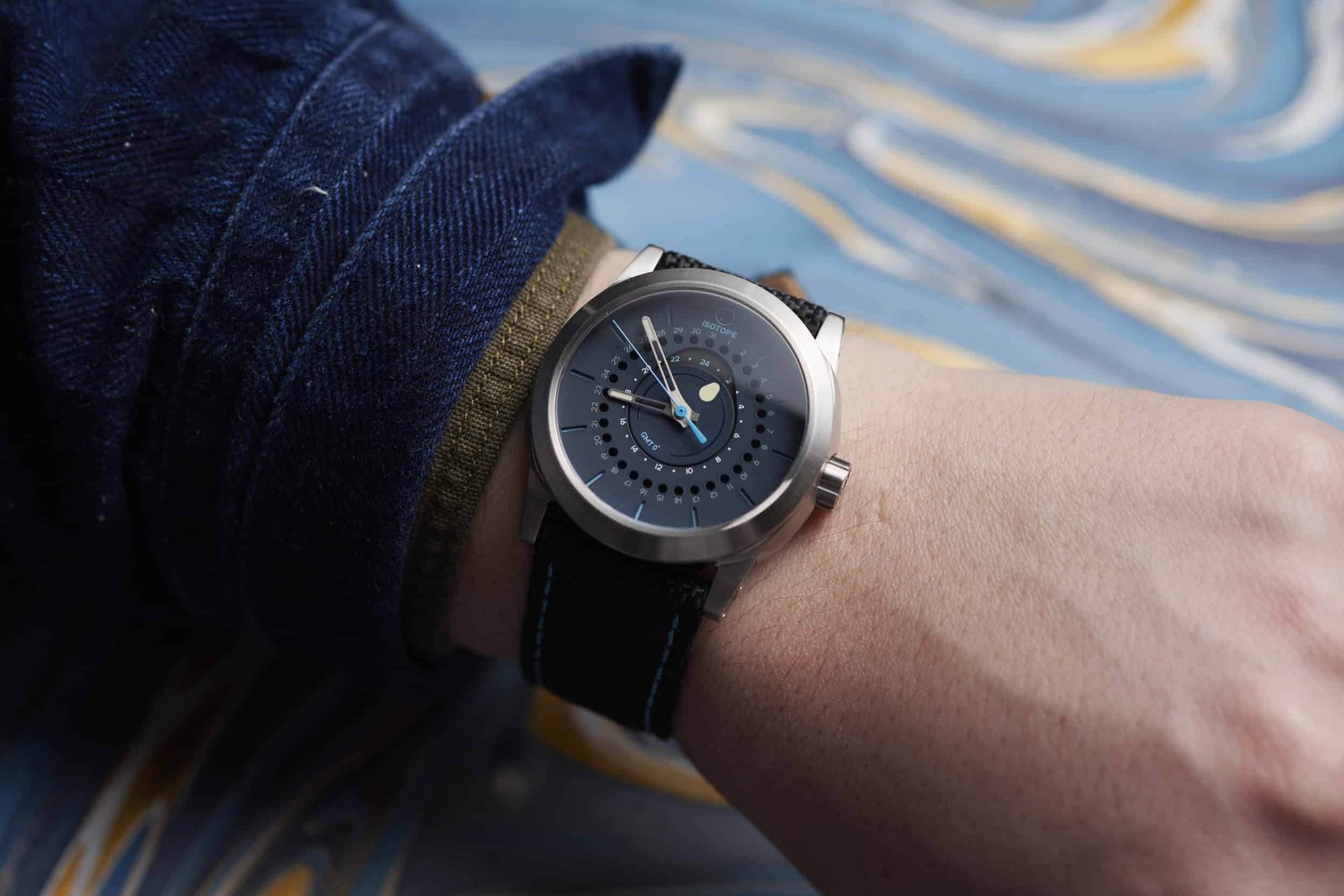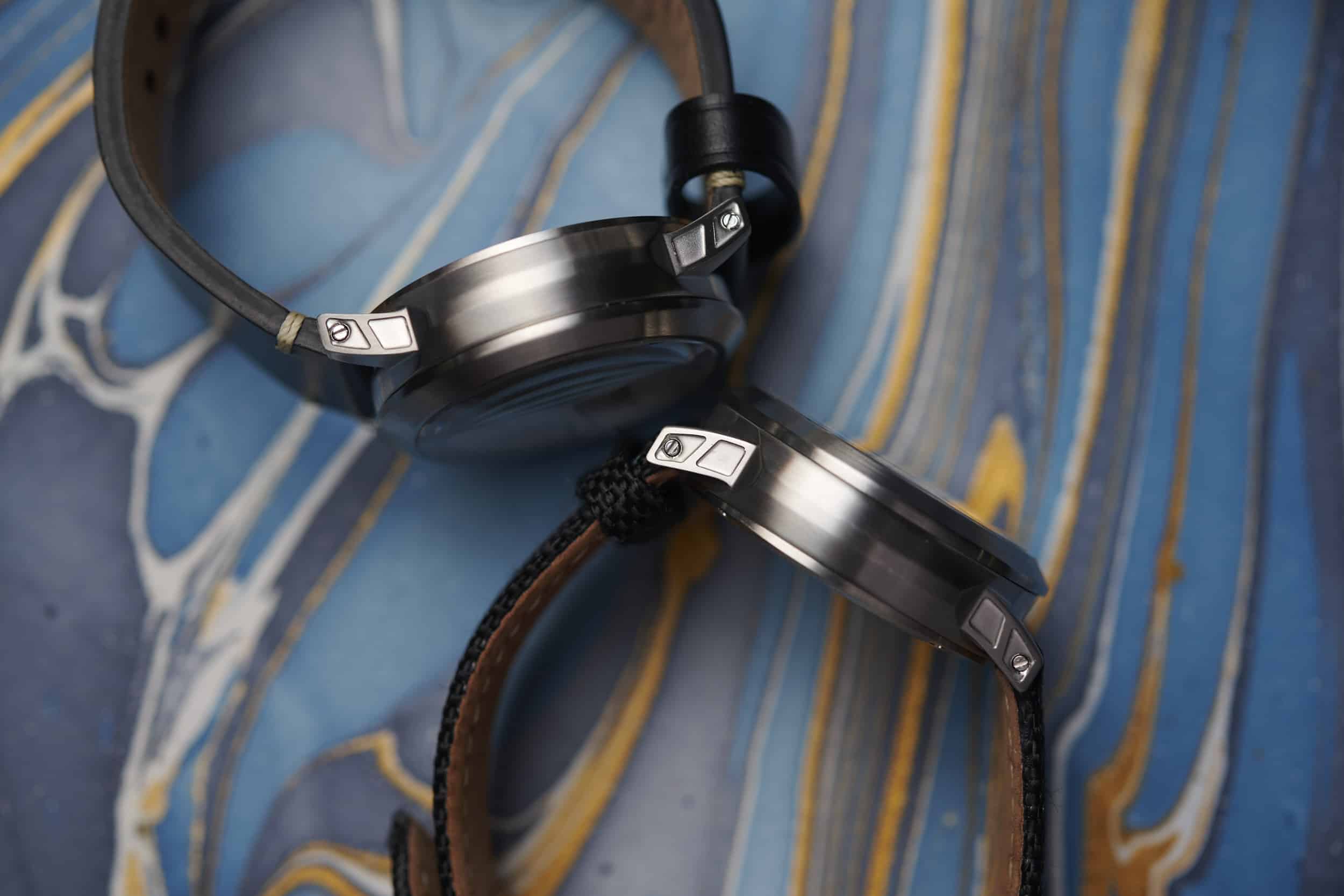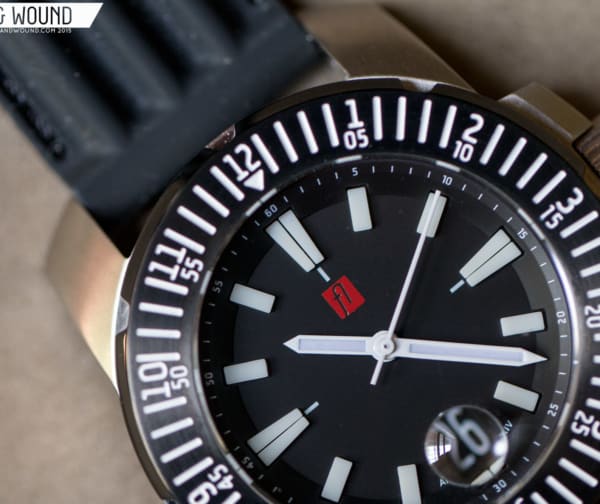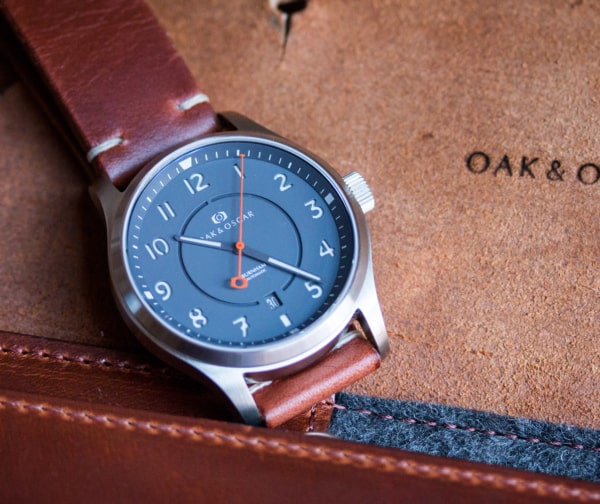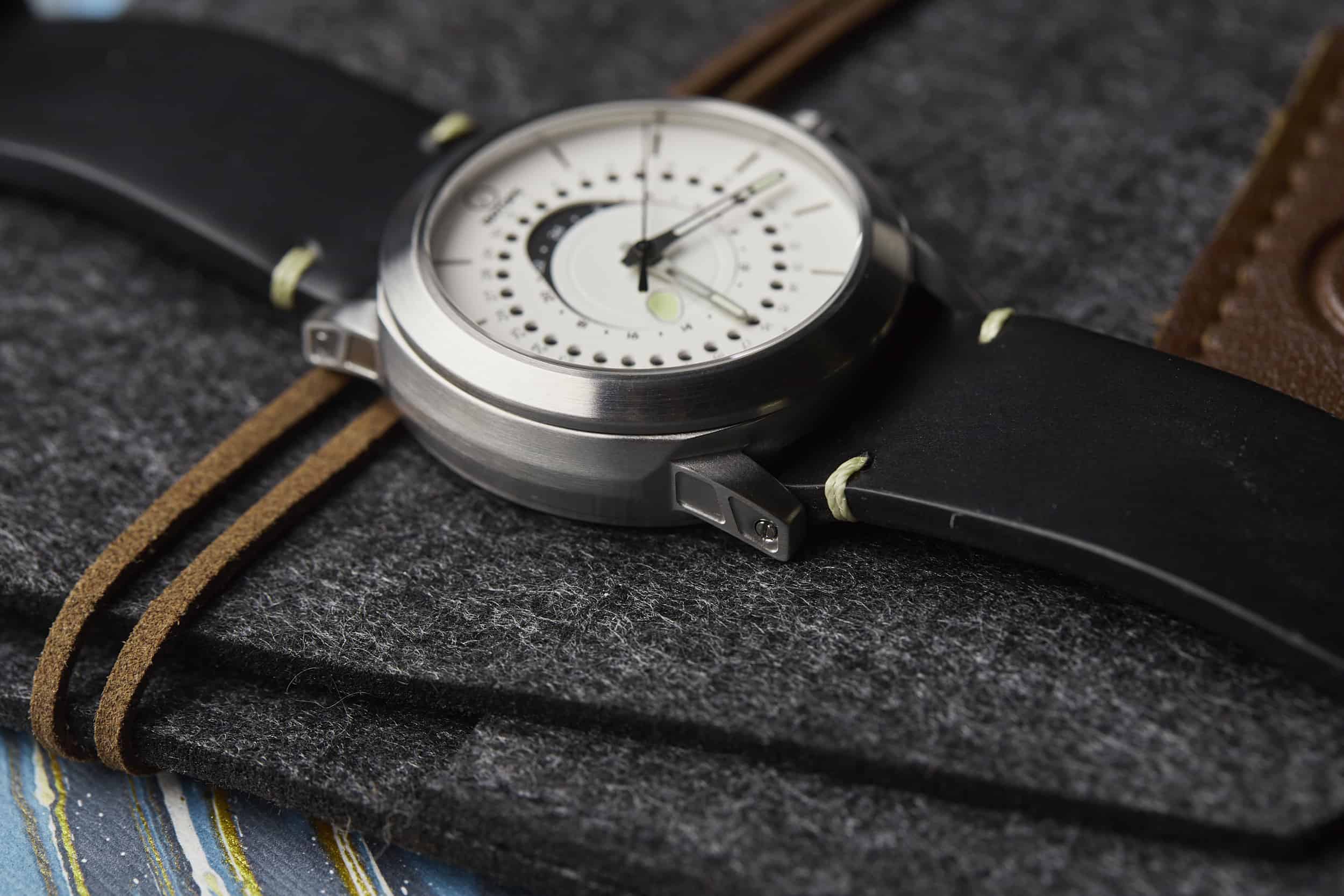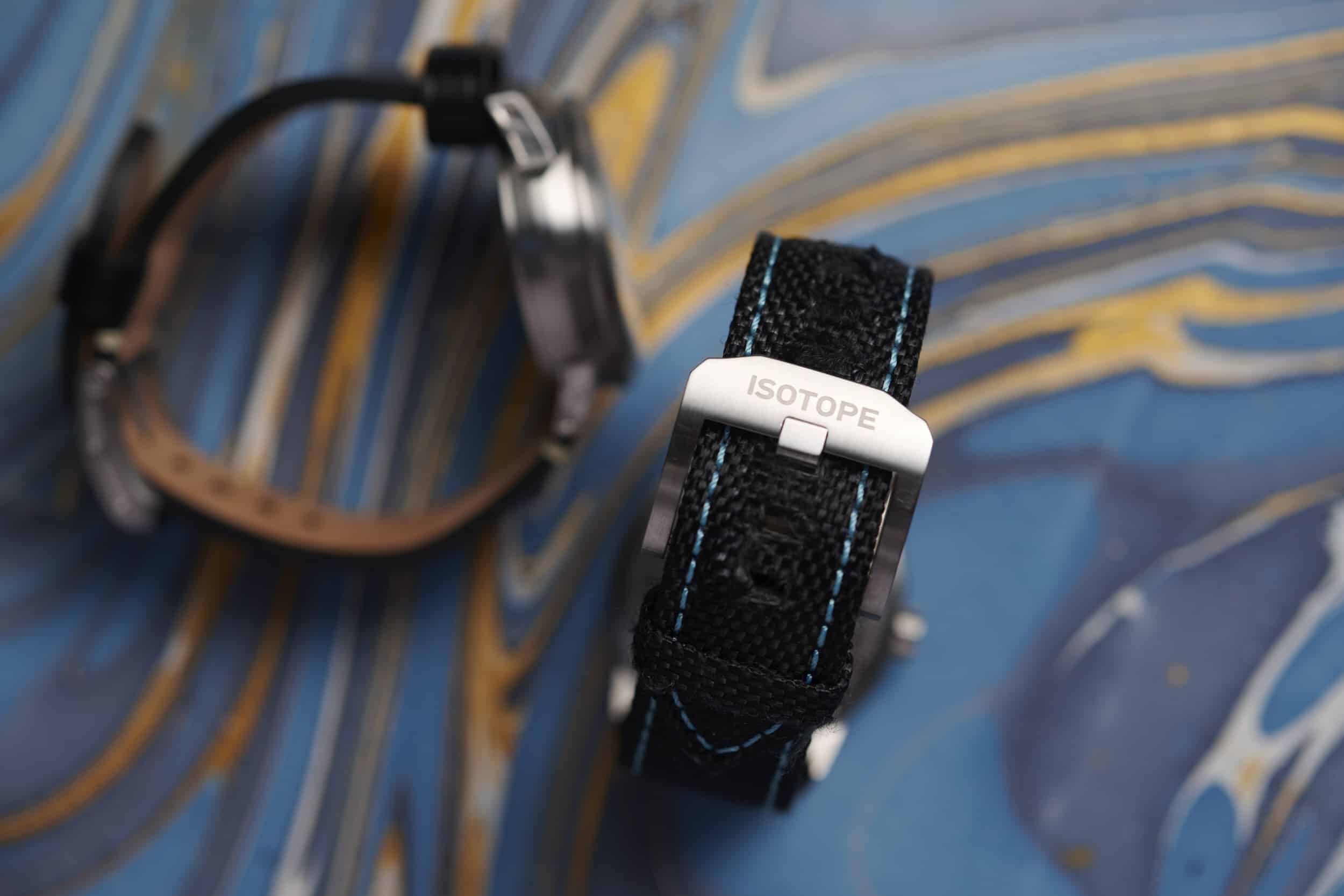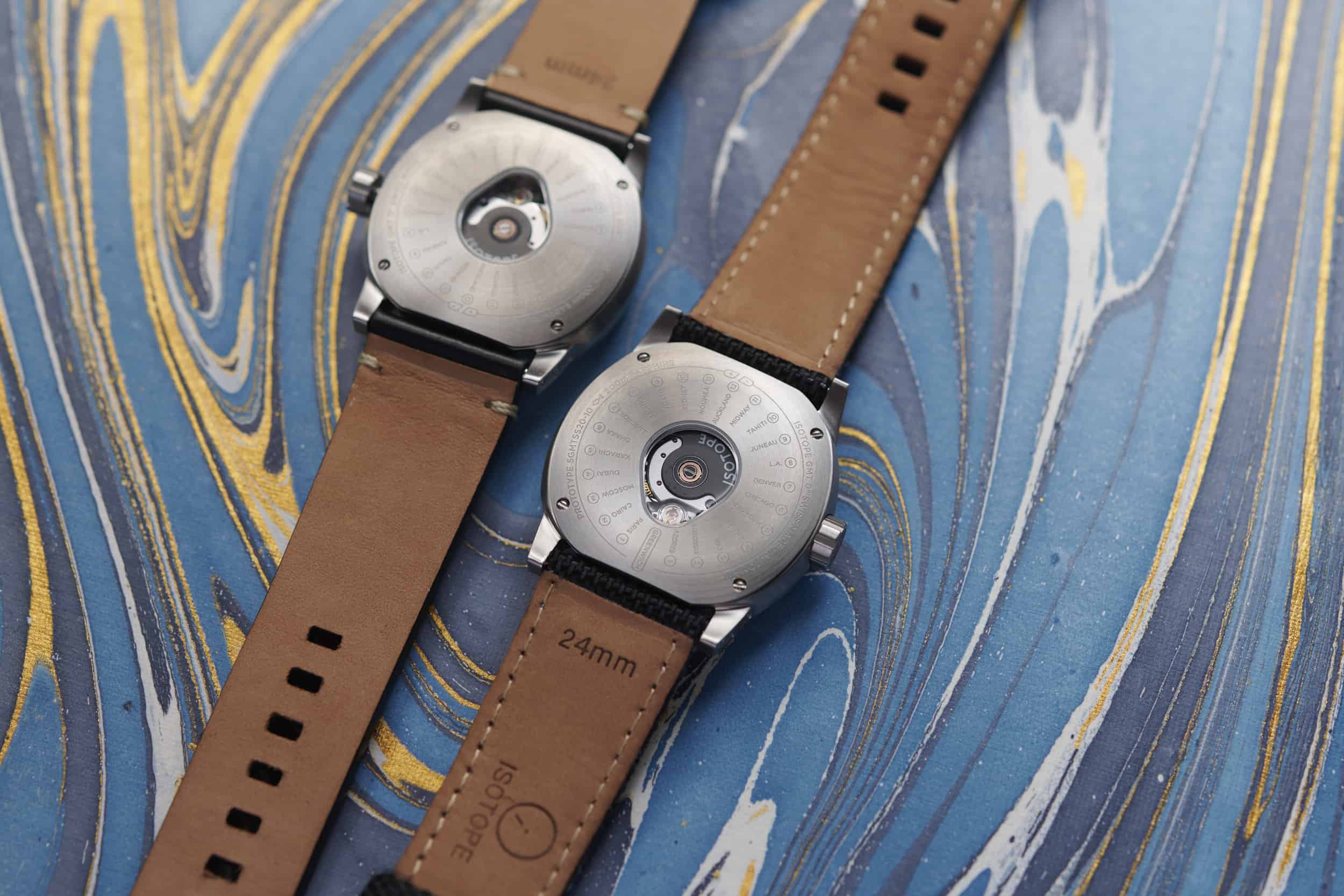I sometimes wonder if people in my life are taken aback by how much I ramble on about my love for travel watches. I think it’s because those who know me best understand that I don’t actually like to travel. Don’t get me wrong, I very much enjoy “being on vacation” and experiencing places that are new to me, but the actual “travel” part has always felt like kind of a drag, something that has to be endured. I am not, for example, one of those people who simply can’t wait to jump on a plane again once the pandemic is over, and/or vaccines make it reasonably safe to fly again. I mean, I will get on a plane again. Of course I will. But the travel “bug” that some people claim to be infected by is not something I’ve caught. I like home just fine.
That feels like a surprisingly controversial statement, and might come as a surprise to those who I’ve no doubt bored to tears in talking up the benefits of a jumping local hour GMT versus the far less efficient “caller” variety. For my purposes, the caller GMT that allows for independent adjustment of the 24 hour hand is actually perfectly appropriate almost all of the time, particularly under a virtual Covid-19 house arrest. These watches for me are more about mechanical ingenuity, aesthetics, and a romantic link to a time long past than any actual practicality in my everyday life. Such is the case with so many watches, and so many of the rabbit holes we jump down as enthusiasts.
That brings me to the Isotope GMT 0º, which is designed unlike any GMT watch I’ve seen before, but has the familiar caller functionality I’ve often dismissed. This watch, though, is playing with a genuinely interesting design language, and if there’s one thing I love more than a GMT watch, it’s a watch that brandishes a new and bold style. That’ll get you pretty far in my book, even if some of the big and bold swings that are taken in the design department result in a whiff.
We should note here that the review samples Isotope provided are prototypes, so some of the issues here will be corrected in the final production version. Even in prototype stage, however, it’s easy enough to get a sense of the fairly dramatic departures the brand has taken from a traditional GMT format.









 Featured Videos
Featured Videos





